Pottinger Farms: Championing Change, Building on Tradition
Hometown Kentucky
U.S. Soybean Export Council - USSEC's post, June 7, 2016
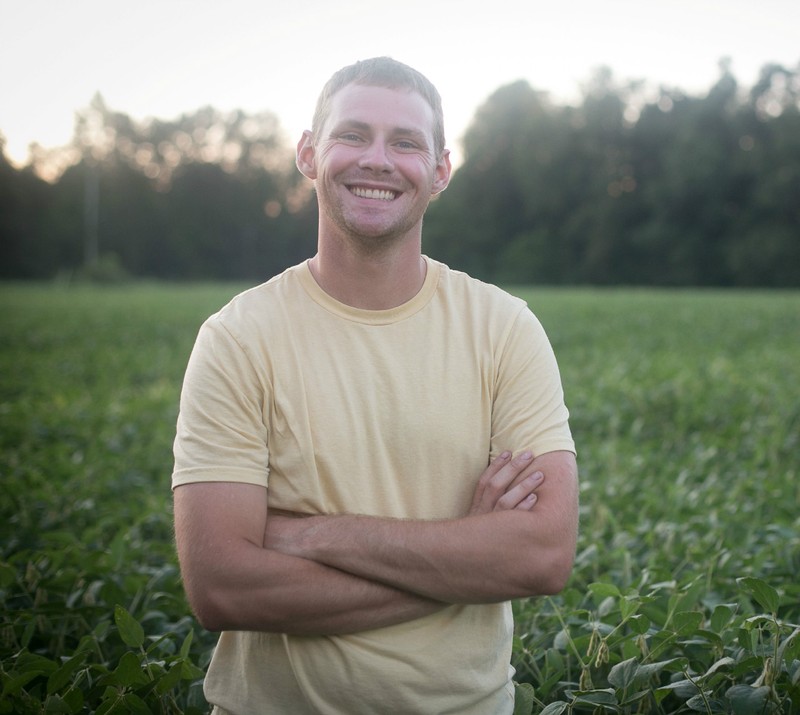
Butler Ramey Pottinger V, known as Quint, is a young farmer from New Haven, Kentucky. At just 27 years old, Quint has been helping on his family’s farm his entire life.
“The Pottingers have always had a big presence in our local farm community,” he says.
Quint represents his fellow farmers on the Kentucky Soybean Association Board of Directors. He’s an alumnus of the Kentucky Ag Leadership Program (KALP) and a Kentucky Soy Ambassador, in addition to serving as an advocate for the See For Yourself Program, a United Soybean Board (USB) tour that provides soybean farmers from around the country the opportunity to see and evaluate the work of the check off firsthand.
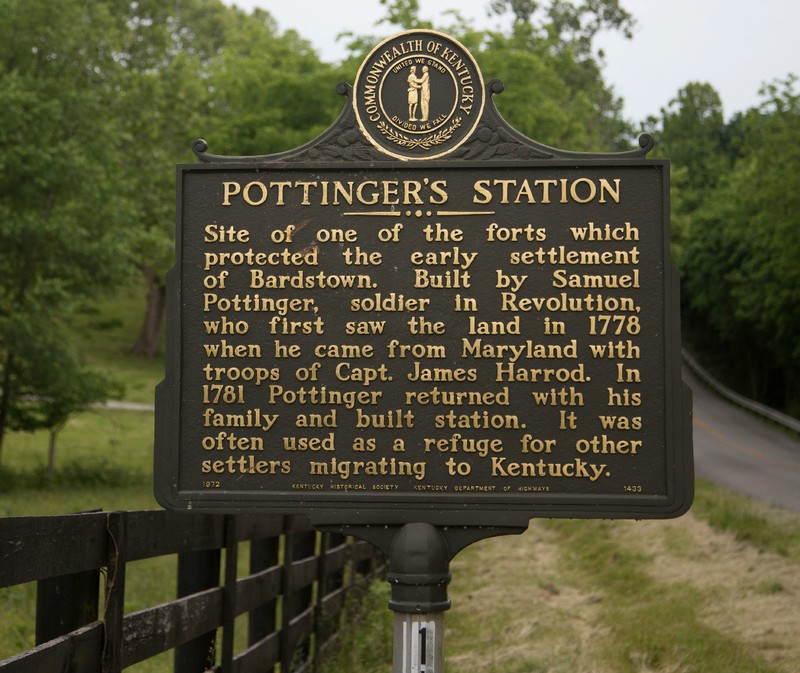
This sign (at right), which is located just down the road from Quint and his wife Leah’s farm, tells the story of what was once known as Pottinger’s Station.
Quint’s family founded the town in the 1780s, just after the Revolutionary War. Colonel Samuel Pottinger envisioned the area becoming a key shipping point for products bound for New Orleans via the Rolling Fork, Salt, Ohio, and Mississippi Rivers. Samuel renamed the settlement New Haven after the city in Connecticut, and it became its own town in 1832. In 2000, the population of New Haven, along Kentucky’s Bourbon Trail, was just 849.
Quint says, “My family was settlers, farmers, ranchers, welders and builders. Every generation has to rebuy or buy a piece of the land. We’ve been passing the land down in that way for over 250 years now.”
The Pottingers, who came west from Maryland and the Boston area, can trace their roots in the New Haven area back 11 generations.
In 2012, after graduating from the University of Kentucky with a degree in agriculture economics, Quint bought his Grandma’s farm, which is the original Pottinger land, naming it Affinity Farm. Together, he and his dad Ramey farm about 1500 acres of corn and soybeans, sharing equipment.
Quint and Leah also grow vegetables as part of a community outreach. “It’s a good way to connect with the public about how their food in grown,” Quint explains.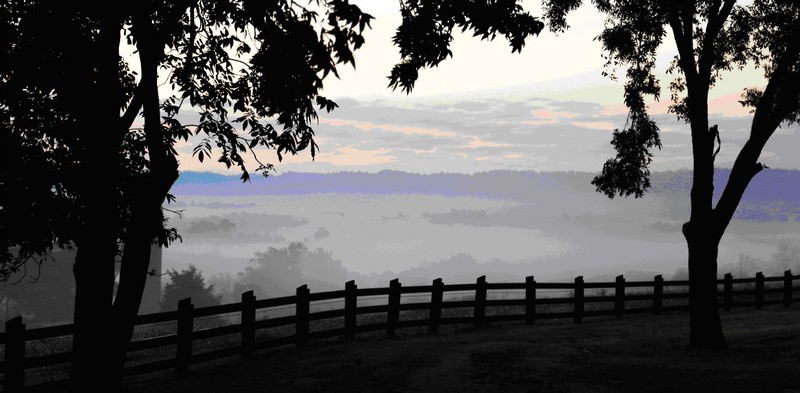
Quint says that foggy mornings such as this are common in Nelson County. “Leah took this photo last summer. This fog was our only moisture for 60 days!”
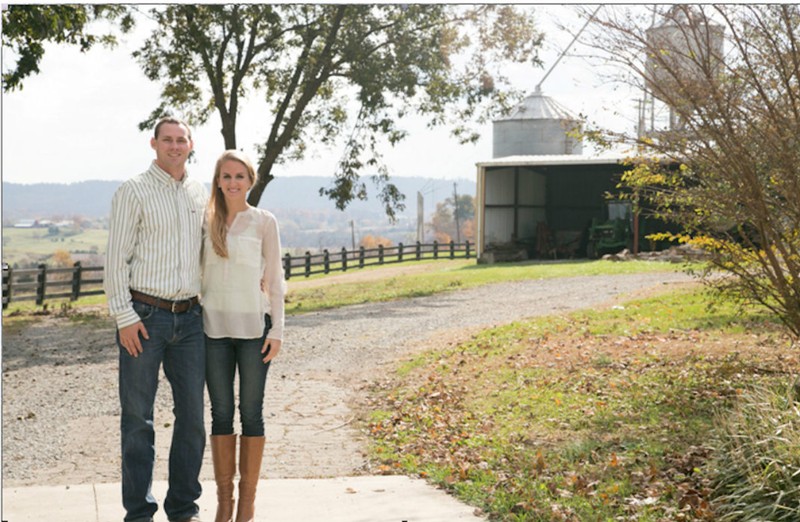
“This was the first picture of Leah and me at our farm. We’d been married about a year,” says Quint. “One of the things you might notice here is the original granary, which is a project that we took on last summer.” At the time this photo was taken, Quint was 24 and Leah was 23. “There are just a few people my age out there who are farming on their own,” Quint says. “There are even fewer who engage in policy or international trade work.”
Quint and Leah were accepted to the American Soybean Association (ASA) DuPont Young Leader Program in 2014, which has identified and developed grower leaders who continue to shape the future of agriculture for more than 30 years. The program focuses on leadership, communication, agricultural information, and the development of a strong peer network.
In 2014, Quint was named a White House Champion of Change, which he describes as a “very unique experience.” “I was digging a tile ditch when my cell phone rang,” he remembers. “That was in May.” In July, Quint traveled to Washington, D.C. He was part of a sixteen-person panel, eight farmers and eight industry 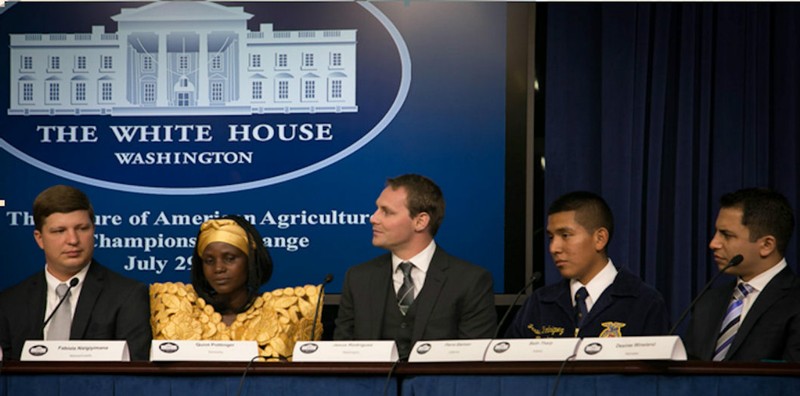 leaders. The panel spoke to press and policymakers for four hours about how agriculture has changed. leaders. The panel spoke to press and policymakers for four hours about how agriculture has changed.
Quint says, “There’s been a fundamental change in agriculture and we must communicate to consumers and growers. It’s important for us to maintain a high level of quality to gain a competitive edge overseas,” he states.
“The U.S. has a superior infrastructure, and that’s critical for the U.S. Soy industry.”
“This experience opened doors for Leah and me to be more actively engaged in the political side of the soybean community and gives us an opportunity to use what we learned.”
“Champions of Change is one of the most enjoyable experiences I’ve had as a farmer,” Quint summarizes.
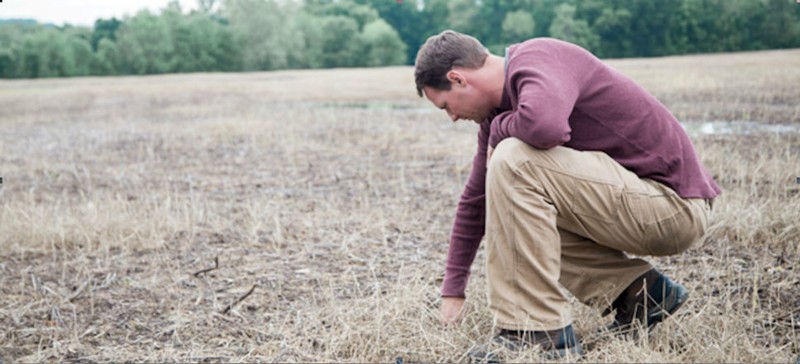
Quint’s main focus is making sure the soil is always taken care of properly, managing runoff and caring for the land. Here, he is checking a field before planting it this spring.
“My dad always says that you have to take care of the soil,” Quint stresses. “Sometimes it does cost more up front, but your long term average will be higher when you take care of the soil.”
The Pottingers’ farm is 100 percent no-till on all ground that’s been cropped before. “Cover crops will use the excess nitrogen,” Quint explains.

“Sustainability is a cycle and it’s necessary to survive,” Quint says. Leah adds that Quint is “adamant about getting his hands in the dirt, testing the moisture, and looking for seeds.” Quint reports that this field is planted and the crop is up.
GPS allows Quint to achieve one-inch accuracy in planting. This technology helps control planter rows and keeps farmers from overplanting or over fertilizing.
“When you spread it out over 1500 acres, inaccuracy can cost you a couple of thousand dollars,” Quint states. “GPS technology has changed the efficiency of our farm.”
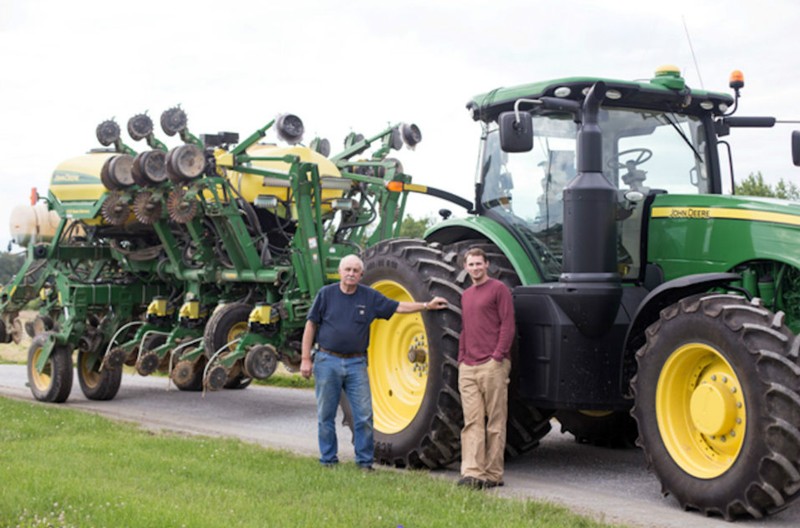 Quint and his dad run precision planting equipment on their planters. The equipment reduces inputs, creates consistency in rows, and adjusts to every soil type encountered. “This new technology is doubly beneficial,” Quint enthuses. “It’s expensive up front, but it’s a great payback.” “For example, we use row shut off where every bean meter has its own drive motor. That helps with a variable rate of seed population,” he explains. “Depending on the soil, we can put the seed where it matters.” Quint and his dad run precision planting equipment on their planters. The equipment reduces inputs, creates consistency in rows, and adjusts to every soil type encountered. “This new technology is doubly beneficial,” Quint enthuses. “It’s expensive up front, but it’s a great payback.” “For example, we use row shut off where every bean meter has its own drive motor. That helps with a variable rate of seed population,” he explains. “Depending on the soil, we can put the seed where it matters.”
“I recently added a new toy to my planter,” he continues. “It’s a belt that grabs the seed from the meter and lays it in the furrow, rather than dropping it. In good conditions, this allows us to plant up to 10 miles per hour (mph) versus the 4 ½ or 5 mph we usually do.” “This doesn’t sacrifice spacing or depth. It does allow us to get a consistent yield and has been a game changer for us.”
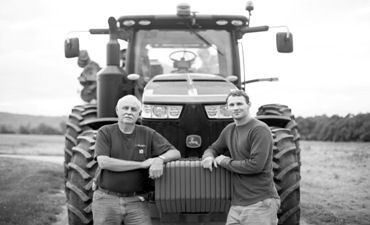 “In Kentucky, there’s a saying that you shouldn’t start planting before Derby Day,” Quint recounts. “In Kentucky, there’s a saying that you shouldn’t start planting before Derby Day,” Quint recounts.
Although the Kentucky Derby was run on May 7 this year, Quint and Ramey did start planting their “up ground” on April 17, getting in about 350 acres of corn pre-Derby.
After the Derby (and relentless spring rains), they resumed planting. At the beginning of June, Quint estimated he has about half of his planting completed.
|